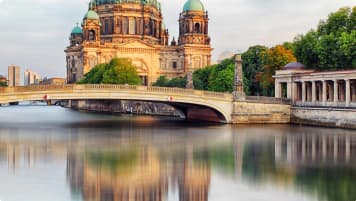The Bauhaus School: The Definitive Guide for Travellers
The Bauhaus School and its 100-Year Legacy The Bauhaus School was the brainchild of Walter Gropius of Germany, who reimagined art and utility as a single form that combined architecture, fine arts, and crafts (MET…
10 Oct 19 · 8 mins read
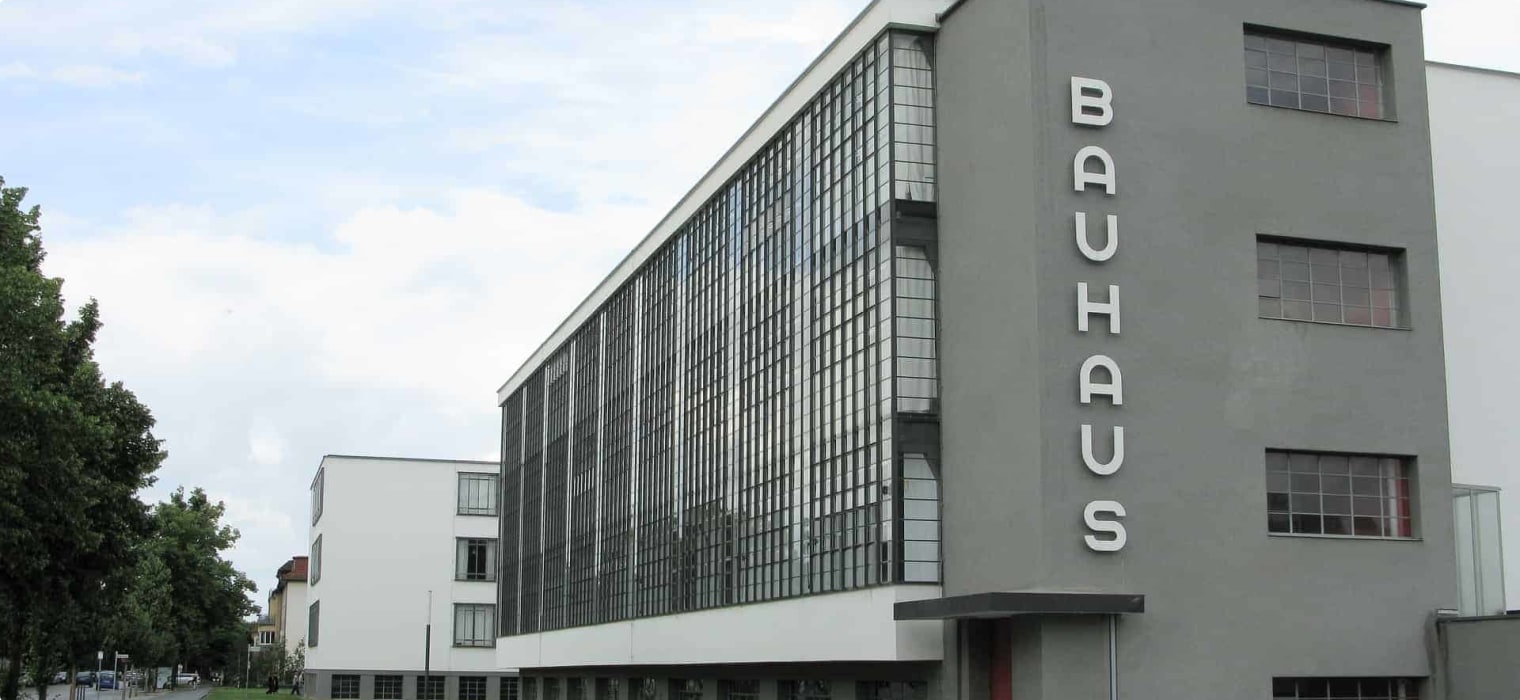
The Bauhaus School and its 100-Year Legacy
The Bauhaus School was the brainchild of Walter Gropius of Germany, who reimagined art and utility as a single form that combined architecture, fine arts, and crafts (MET 2007). Though it started as a School for practical artists, it developed into a movement, even a lifestyle, which swept across the world.
Bauhaus “was more than a school… It was a commune, a spiritual movement, a radical approach to art in all its forms, a philosophical centre comparable to the Garden of Epicurus” – Tom Wolfe (1981 cited by Charly Wilder 2016)
In honour of its 100th anniversary, this article has been written as a quick guide for those travellers wishing to know a little more about the modernist movement that started in Germany and swept the world. It will also indicate a number of prime examples of Bauhaus-style buildings to visit in 2019, in the centenary of this revolutionary art movement.
If you’re keen to visit Germany, we have several articles and lists on our blog that may be of interest to you:
- A history of Berlin for Tourists
- The Oberammergau Passion Play
- A guide to Germany
- Fifteen must see sights in Berlin
- Ten books to read about Berlin
- Ten of the best art galleries in Europe
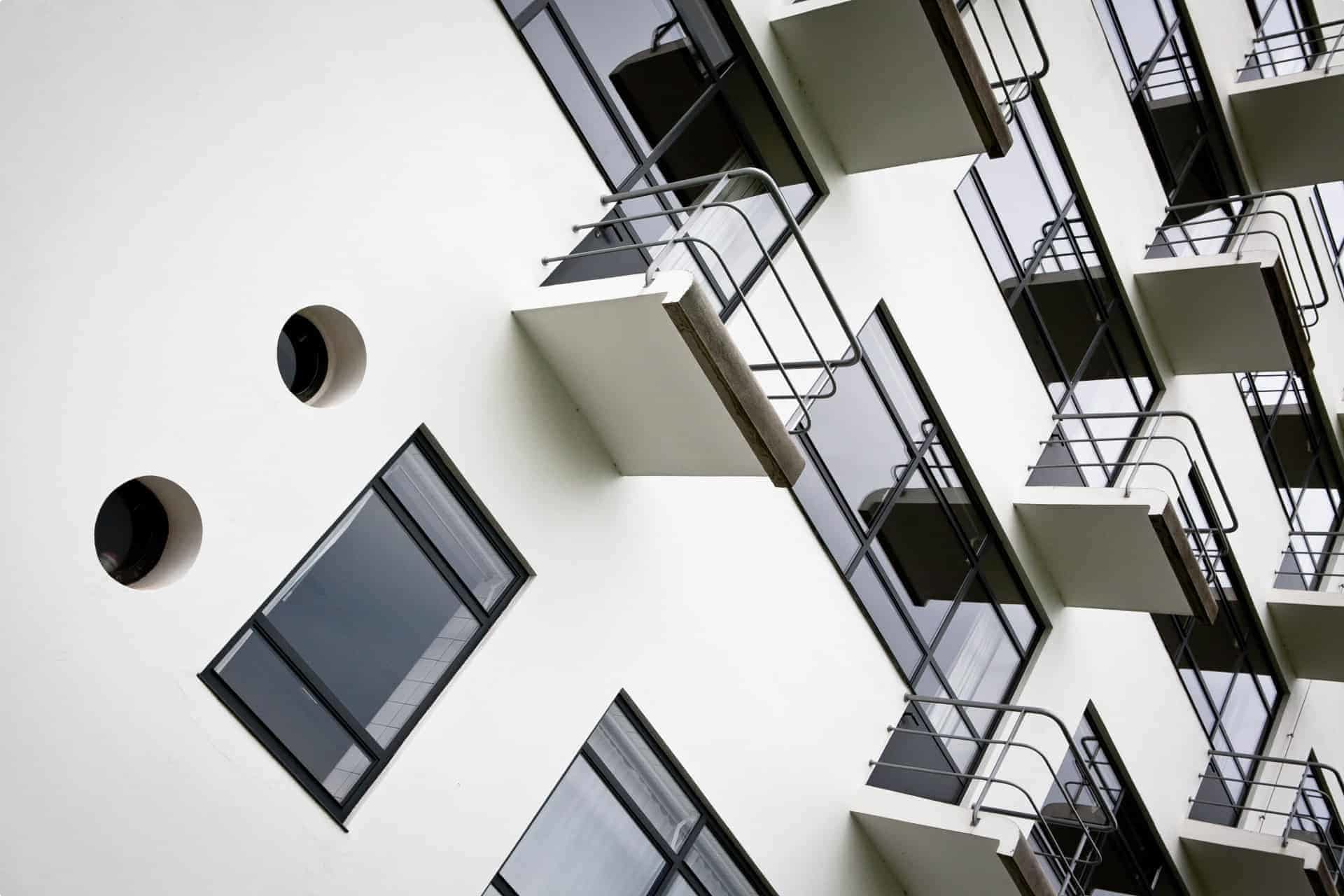
Bauhaus Origins
Bauhaus was an art school turned art movement that was prominent from 1919 to 1933 in Germany. The word Bauhaus itself comes from the German word Hausbau, which means the ‘building of a house’. Thus, Bauhaus roughly translates to ‘house of building’ (Encyclopaedia Britannica 2019). The movement was inspired by the callous manufacturing lacking artistic design, which was growing ever more prominent following the razing of Germany in WW1. The reconstruction of many houses focused on functionality instead of asthetic. German architect Walter Gropius saw this as a detriment to the art culture in Germany as a whole (The Art Story), and so founded the Bauhaus School. The School bridged the gap between fine arts and craftsmanship, and it followed the slogan: ‘Art into Industry’ (Winton 2007). It was progressive in its teaching of the interplay between art, society, and technology, which demonstrated that practicality and beauty could co-exist. This is the reason that some of the most famous examples of Bauhaus designs are residential houses and household items, such as Marcel Breuer’s chairs, and Marianne Brandt’s teapot. Equal parts function and art.
“We want to create the purely organic building, boldly emanating its inner laws, free of untruths or ornamentation” – Walter Gropius (cited by Bauhaus100)
Founder: Walter Gropius
Walter Gropius was born in Berlin on 18 May 1883. Architecture ran in his family because his father and his great-uncle, Martin Gropius, were architects, and Karl Friedrich Schinkel was a close friend of Gropius’ great-grandfather. Perhaps his family’s influence is how Gropius knew from a young age that this was a passion he wanted to pursue as a career. He began studying architecture at Munich Technical Institute in 1903, after a year of which he held his first job in an architectural office. He returned to school in 1905, this time at the Berlin-Charlottenburg Technical Institute. Upon graduation, he was invited to work for Peter Behrens, under whose tutelage Gropius developed his understanding of how art and function should intertwine. These ideas were culminated in his designs, in collaboration with Adolph Meyer, of the Fagus Works in Alfeld an der Leine (1911) and Model Factory in Cologne (1914), which headed the entire basis for the founding of the Bauhaus School in 1919 in Weimar, Germany. Students from many different art backgrounds gathered in a compound where new ways of thinking were taught and encouraged.

Political strife led the school to be moved to Dessau in 1925. Gropius designed the Bauhaus building as a centre for teaching and student accommodation. He remained the director of the School until 1928, when he left for Berlin to pursue private works. Growing disapproval of Bauhaus’ modernist ideas led the school to again be relocated in 1930, this time to Berlin, under Ludwig Mies van der Rohe’s direction. The move was politically motivated as conservative motions in Weimar and then Dessau continued to undermine the School’s new way of thinking. The School was forced to downsize, but ultimately had to shutdown all together in 1933. The Nazis regime disapproved of the modernist approach of the School and the artists and craftsmen who supported it. Most of them were labelled ‘cultural Bolsheviks’ (Charly Wilder 2016), and fled Germany in the pursuit of this modernist movement. This included Walter Gropius who first headed for England in 1934, and later for the United States in 1937, where he spent the remainder of his life. He became a professor of architecture at Harvard University and founded The Architects Collaborative, a group of architects with similar values to those of the Bauhaus.
Bauhaus Professors
The Bauhaus school offered practical art skills specific to their area of interest; however, each student was inducted into the School with a theoretical introduction, which included instruction on essential elements of colour, form, and material (Winton 2007). This was typically taught by an artist of fine arts, especially painters. Painter Johannes Itten was the first to set the program for preliminary instruction. Itten was an eccentric expressionist painter, known for his profound knowledge and use of colour. He famously studied under Adolf Hölzel and expanded on Hölzel’s colour wheel to include 12 colours.
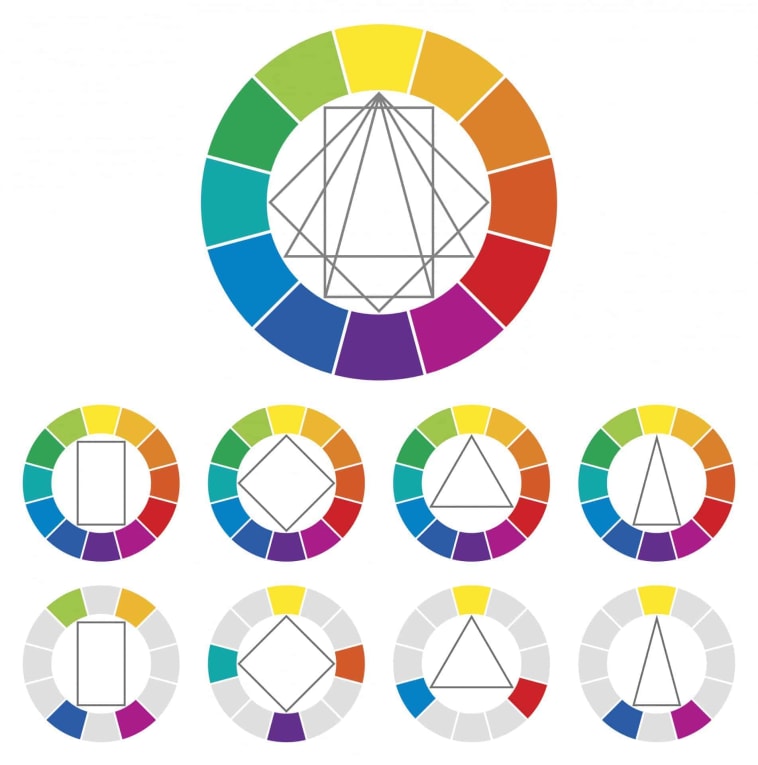
As a deputy director of the Bauhaus School, Itten brought in a number of masters to instruct the students, including Paul Klee and Georg Muche. Itten was the director of the preliminary theory course until 1923, when he resigned in protest of the School’s shift to industrial design and mass production. Following their instruction on colour theory and form, students them moved into specialised workshops such as: metalworking, cabinetmaking, weaving, pottery, typography, and wall painting (Winton 2007). Some of the top artists who became instructors in the various workshops were: Oskar Schlemmer, famous for his geometric Triadic Ballet costumes; Paul Klee and Wassily Kandinsky with their geometric and surrealist paintings; and Laszlo Moholy-Nagy and Josef Albers, who spread the Bauhaus movement to the United States after fleeing Germany by establishing the New Bauhaus in Chicago and Black Mountain College in North Carolina, respectively. All of the professors who taught at the School were exceptional artists who profoundly understood the use of shape and colour and who believed in the movement to spur change in the art world. Without these professors, Bauhaus would not have become what it is today, and we would not be celebrating their lasting impact on the German landscape.

Where to see Bauhaus Designs
There are so many places across the globe that have been designed by Bauhaus masters or taken inspiration from the movement in general. From the Fundació Mies van der Rohe in Spain, to the Illinois Institute of Technology in Chicago, the Bauhaus movement is everywhere. But, the heart of the movement remains in Germany. Because of its cultural importance to the modern world, Bauhaus was hailed by UNESCO world heritage lists. Several buildings around Germany were included as part of the Bauhaus UNESCO listing, including the Bauhaus Building and its masters’ quarters, as well as the Haus am Horn. The Fagus Factory in Alfeld von der Leine is considered the pioneering piece of Bauhaus that launched the movement and the modernist movement to follow.
When looking for a place or two to view the incredible movement that launched the modern architecture movement, you should return to its home. The three key cities to find examples of the movement are Weimar, Dessau, and Berlin.
Weimar
- Bauhaus Walking Tour – Immerse yourself in the Bauhaus mindset as you walk where the first Bauhaus students walked, led by current Bauhaus students. The students provide a unique perspective as they continue the School’s legacy;
- Bauhaus Museum – This small museum gives a good introduction to Bauhaus and its history.
Dessau
- Bauhaus Building – Built 1927, the Bauhaus Building has become an icon of the movement, with a similar use of glass to the Fagus Factory that offers some transparency to the school. The site is UNESCO-listed and offers different exhibitions and tours;
- Kornhaus Restaurant – Continue to take in Bauhaus designs over a traditional German meal. Carl Fieger designed this Bauhaus restaurant in 1929, which was since become well known for its circular, glass-enclosed balcony with views of the Elbe river.
Berlin
- Horseshoe Estate – Many different housing projects around Berlin are in the Bauhaus style. The Horseshoe Estate is a 2000-house social project designed by Bruno Taut in the late 1920s. Other Bauhaus housing projects in Berlin include the Tautes Heim, Falkenberg Garden City, and the White City;
- AEG Turbine Hall – Hailed as a “Machine Cathedral” (Moss 2019), this modern industrial site put the function of the Factory on full display as a part of its architectural design.
London
Coinciding with the centenary, the Royal Institute of British Architects (RIBA) has unveiled in October 2019 a London exhibition focused on three Bauhaus émigrés, Walter Gropius, Marcel Breuer and László Moholy-Nagy, and on the three years (1934-37) they have stayed in Britain and influenced British design and architecture. Entrance is free and the exhibition will run until February 2020. You can find out more about it here.
Plenty of other cities are wearing their Bauhaus influence proud especially in this the centenary year. For example, in Stuttgart the Neue Staatsgalerie has an exhibit with Oskar Schlemmer’s triadic ballet costumes. In Frankfurt, visit the Ernst May Haus to see the progression toward modern kitchens thanks to Margarete Schutte-Lihotzky’s design vision.
Check out The Grand Tour of Modernism for information on Bauhaus celebrations are all over Germany this year. There is no better time to appreciate them!
Visit Germany with Odyssey Traveller
Odyssey Traveller offers a variety of tours dedicated to Germany, while a number of our Europe tours include Germany as a key destination.
Our Germany tours include:
- Contemporary Germany: This tour captures the diversity of contemporary Germany, ranging from north to south, and taking in Germany’s most important cities: Munich, Dresden, Berlin and Cologne. If you’re interested in getting out of the cities and into Germany’s beautiful scenery (including a Rhine River cruise) this is the tour for you!
- Discovering Berlin: Over twenty days living in the city, this tour of Berlin gets off the beaten path. We delve into Berlin’s fascinating and often troubling history, uncover hidden gems, and experience the cutting-edge local culture. We also offer a 12-day walking tour of Berlin.
- Richard Wagner’s Ring Cycle: For lovers of Wagner’s music, this tour gives you the opportunity to see four performances of his music in his home city, Leipzig.
- Bach, the man and his music: Another tour for classical music fans. This cultural tour is based around the Bach Music Festival in Leipzig, but includes visits to other cities lived in by Bach.
Germany is also visited on these Europe tours:
- Theatre, Opera, Ballet and Classical Music: This tour gives travellers the opportunity to attend performing arts concerts across four leading European cities: Hamburg, Amsterdam, Paris and London.
- The European Ballet: This tour takes in ballet concerts in cities across Germany and France.
- Discover Beethoven’s life and music: This tour traces Beethoven’s life and historical context across the cities of Bonn and Vienna. We also attend several performances of Beethoven’s work, including opening night at the Beethovenhalle in Bonn.
- Baltics Small Group Tour: This tour uncovers the history of the Baltic states: Latvia, Lithuania, and Estonia. In order to understand these countries caught between German, Scandinavian and Russian spheres of influence, the tour also includes Berlin, Poland, Helsinki and St. Petersburg.
In 2020, three of our tours – Contemporary Germany; The Habsburgs; and our Berlin tour – include a performance of the Oberammergau Passion Play.
In 1634, in the midst of a plague that swept across Europe, the residents of Oberammergau, a small town in the Bavarian Alps, promised God that if they were spared from plague they would perform a passion play every ten years. The residents have kept their pledge, performing the play every ten years. Today, the Oberammergau Passion Play attracts visitors from all around the world, and often sells out – so make sure to get into a tour quickly if you want to join us for the performance!
Related Tours
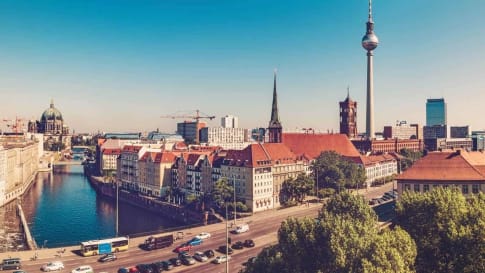
20 days
Apr, SepDiscovering Berlin Small Group Tour | 20 days living in Berlin
Visiting Germany
Experience Berlin while living there for almost three weeks in an apartment. From one of the best small group tour companies for Europe enjoy an escorted tour learning about the city's history and experiencing it like a Berliner. This holiday is for like minded people, mature couples or solo travelers who enjoy getting off the beaten track and exploring with some adventure.
From A$12,795 AUD
View Tour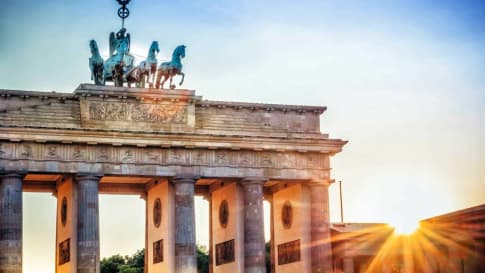
12 days
Oct, MayBerlin walking tour
Visiting Germany
Enjoy an escorted walking tour of Berlin. This small group holiday is for like minded people, mature couples or solo travelers who enjoy getting off the beaten track and exploring with some adventure. The itineraries set for each day follow sections of the Berlin Wall, whilst local guides realise authentic experiences found in this amazing city.
From A$8,745 AUD
View Tour
21 days
SepScandinavian Design Small Group Tour: Denmark, Sweden and Finland
Visiting Denmark, Finland
Denmark, Sweden and Finland realised that the only way to remain competitive on the world stage was through the value of superior design. Travelling with like-minded people on our small group tour you will explore the cities and towns where those high quality products, appreciated around the world, are created including hygge.
From A$16,685 AUD
View Tour

